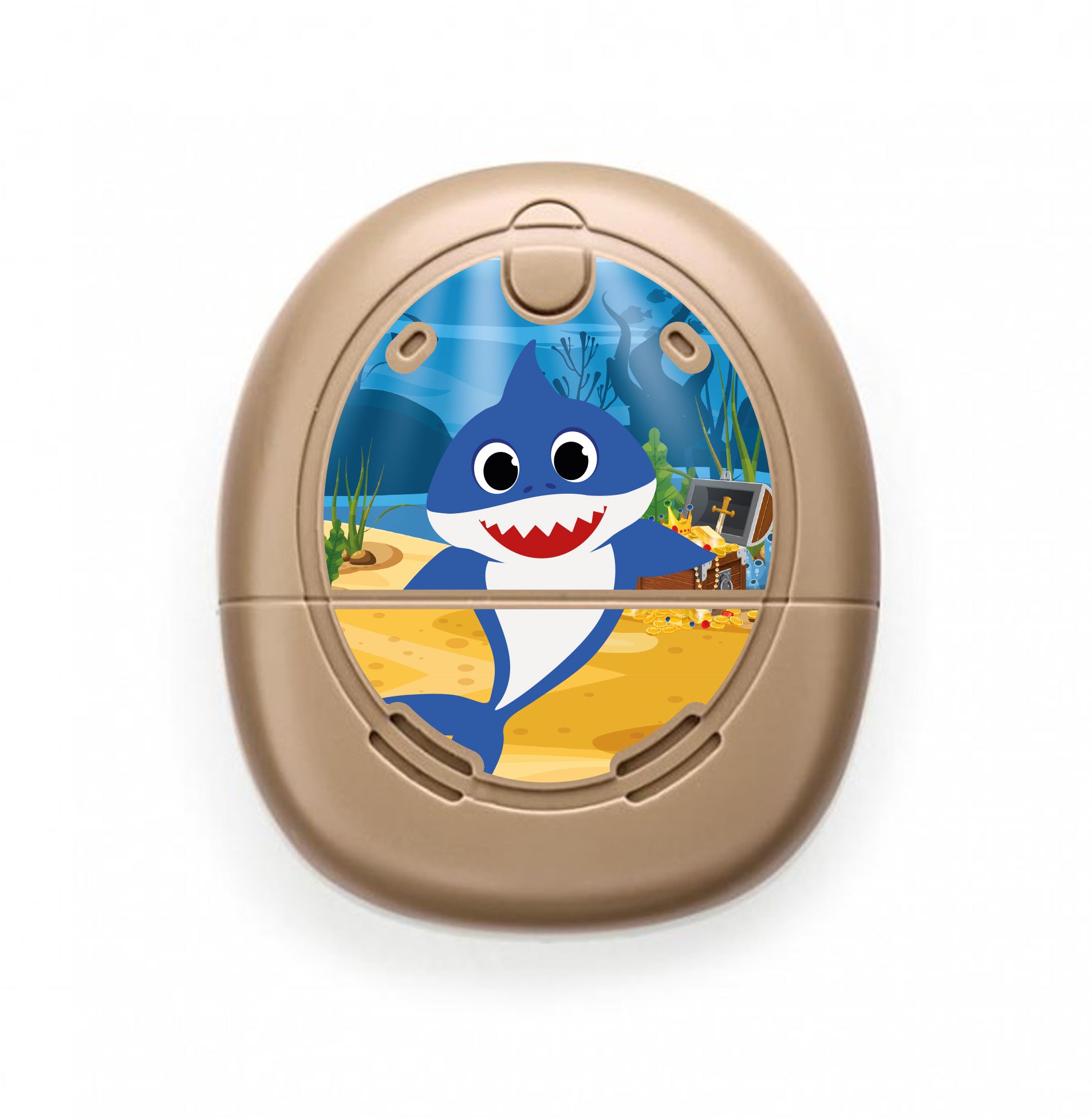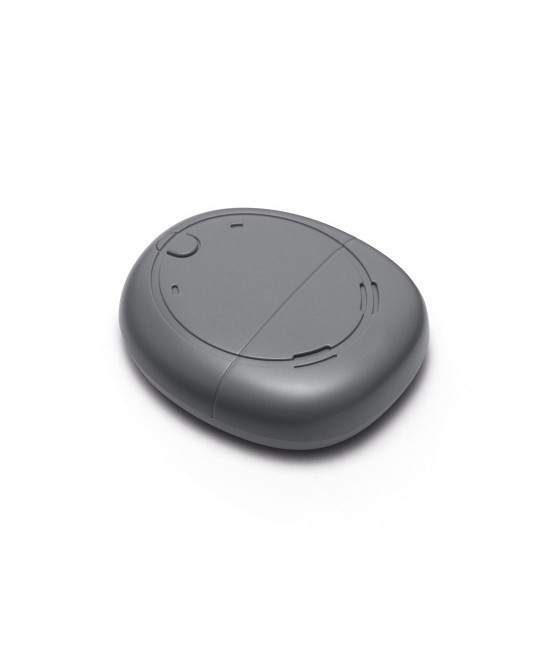

William House also invented a cochlear implant in 1961. This original design distributed stimulation using a single channel. Ĭochlear implant recipient utilizing a one-piece processor (Kanso 2) with a retention clipĪndré Djourno and Charles Eyriès invented the original cochlear implant in 1957. Factors such as age of implantation, parental involvement and education level, duration and cause of hearing loss, how the implant is situated in the cochlea, the overall health of the cochlear nerve, but also individual capabilities of re-learning are considered to contribute to this variation. One of the challenges that remain with these implants is that hearing and speech understanding skills after implantation show a wide range of variation across individual implant users. Many users of modern implants gain reasonable to good hearing and speech perception skills post-implantation, especially when combined with lipreading. More than 200,000 people in the United States had received a CI through 2019. However, some individuals will experience dizziness, and on rare occasions, tinnitus or facial nerve bruising.įrom the early days of implants in the 1970s and the 1980s, speech perception via an implant has steadily increased. Surgical risks are minimal and most individuals will undergo outpatient surgery and go home the same day. The surgical procedure is performed under general anesthesia. The inside component, the actual implant, has a coil to receive signals, electronics, and an array of electrodes which is placed into the cochlea, which stimulate the cochlear nerve. This component, the sound processor, contains microphones, electronics that include digital signal processor (DSP) chips, battery, and a coil that transmits a signal to the implant across the skin.

The outside component is generally worn behind the ear, but could also be attached to clothing, for example, in young children. Through everyday listening and auditory training, cochlear implants allow both children and adults to learn to interpret those signals as speech and sound. A CI bypasses acoustic hearing by direct electrical stimulation of the auditory nerve. With the help of therapy, cochlear implants may allow for improved speech understanding in both quiet and noisy environments. A cochlear implant ( CI) is a surgically implanted neuroprosthesis that provides a person who has moderate-to-profound sensorineural hearing loss with sound perception.


 0 kommentar(er)
0 kommentar(er)
